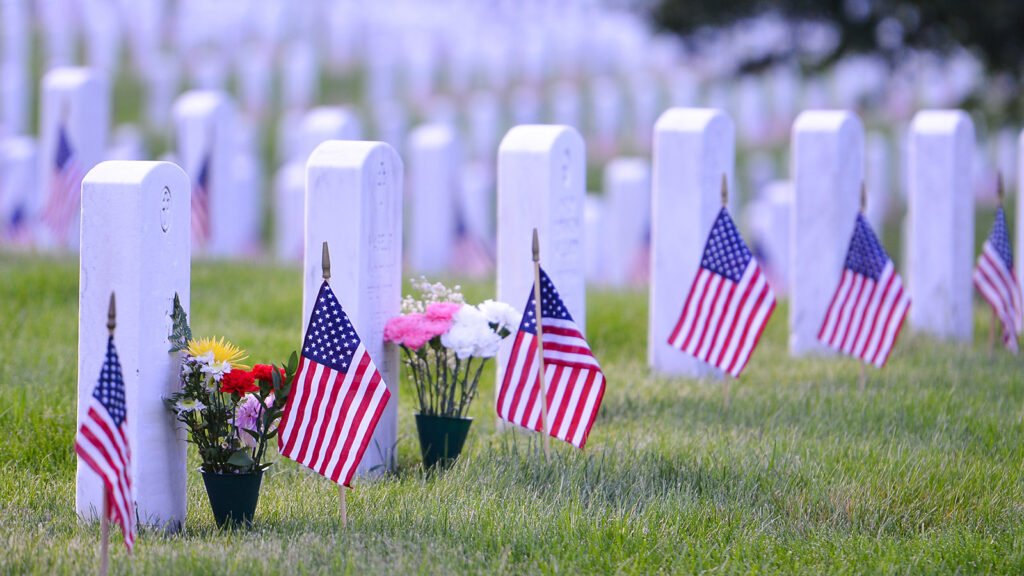According to the Insurance Information Institute, about 7.4% of U.S. homes lack proper insurance, leaving almost 6.1 million residents vulnerable to financial devastation. Some states, however, have even higher rates of uninsured homes, exacerbating the potential for disaster.
We went through the survey carried by Claim Guide that list down the most uninsured homes. Here are the top 15, according to them:
Mississippi
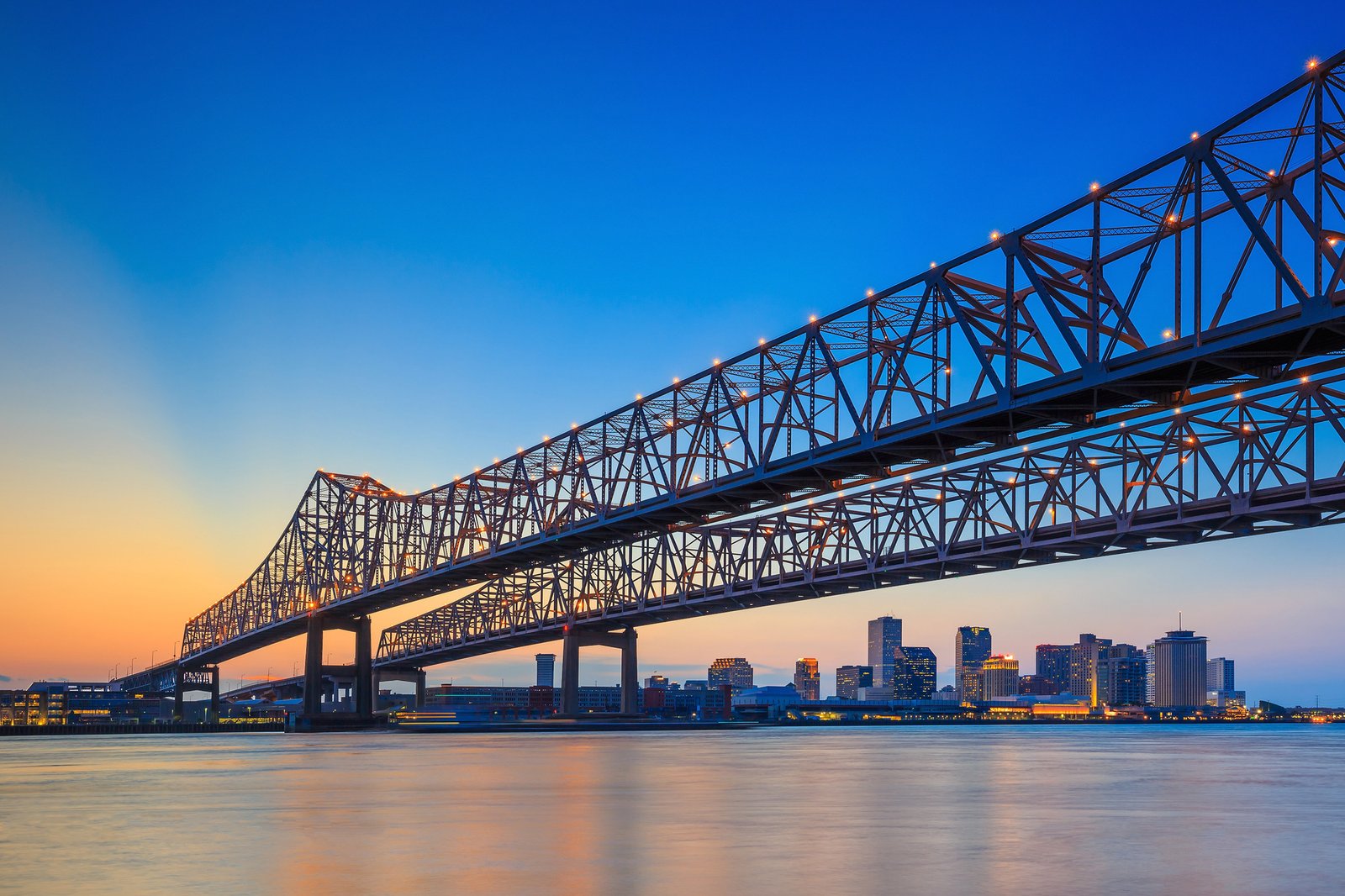
In Mississippi, 178,476 properties, or 13.3% of homeowners, go without home insurance. This statistic is particularly alarming given Mississippi’s frequent encounters with natural disasters such as hurricanes and floods. This gap in coverage can lead to devastating financial effects when disasters strike, especially in economically vulnerable areas. For example, during the floods of 2019, many residents found themselves without the means to repair or rebuild, highlighting the critical need for coverage in disaster-prone zones.
New Mexico
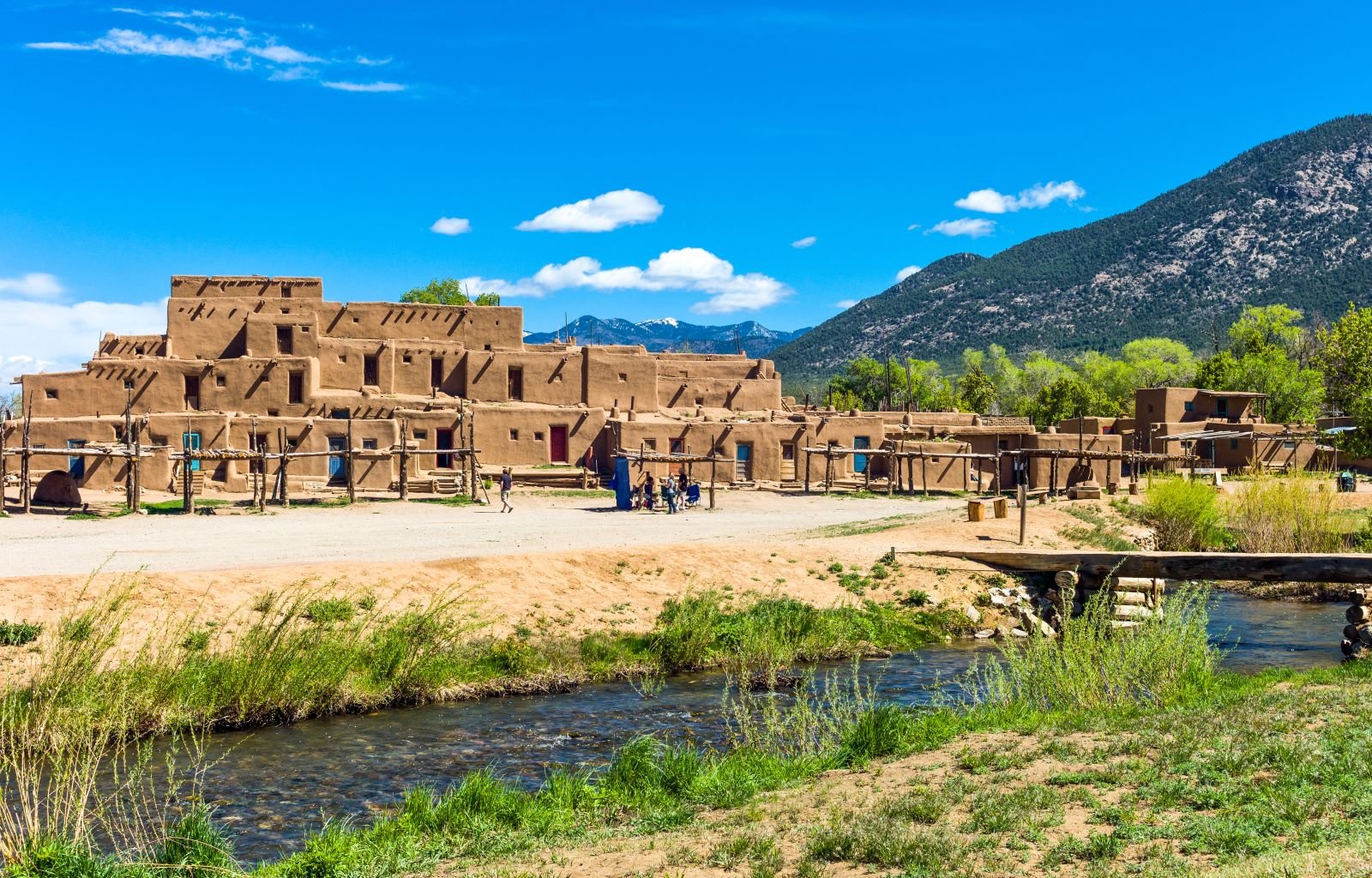
Following closely is New Mexico, where 12.9% of homeowners lack insurance, translating to 123,718 properties. This may stem from a mix of economic hardship and a lower perceived risk of natural disasters. However, the state does experience its share of weather-related incidents, and the lack of insurance means many homeowners are ill-prepared to handle the aftermath financially. It is vital for homeowners here to reassess their needs and consider the long-term benefits of being insured.
West Virginia

In West Virginia, the 12.3% of homeowners without insurance, amounting to 105,729 properties, are often deterred by both the state’s challenging economic conditions and the high cost of insurance. These factors are exacerbated by the state’s mountainous terrain, which can increase the likelihood of property damage from landslides or flooding. This combination underscores the critical importance of insurance for risk management and financial stability.
Louisiana
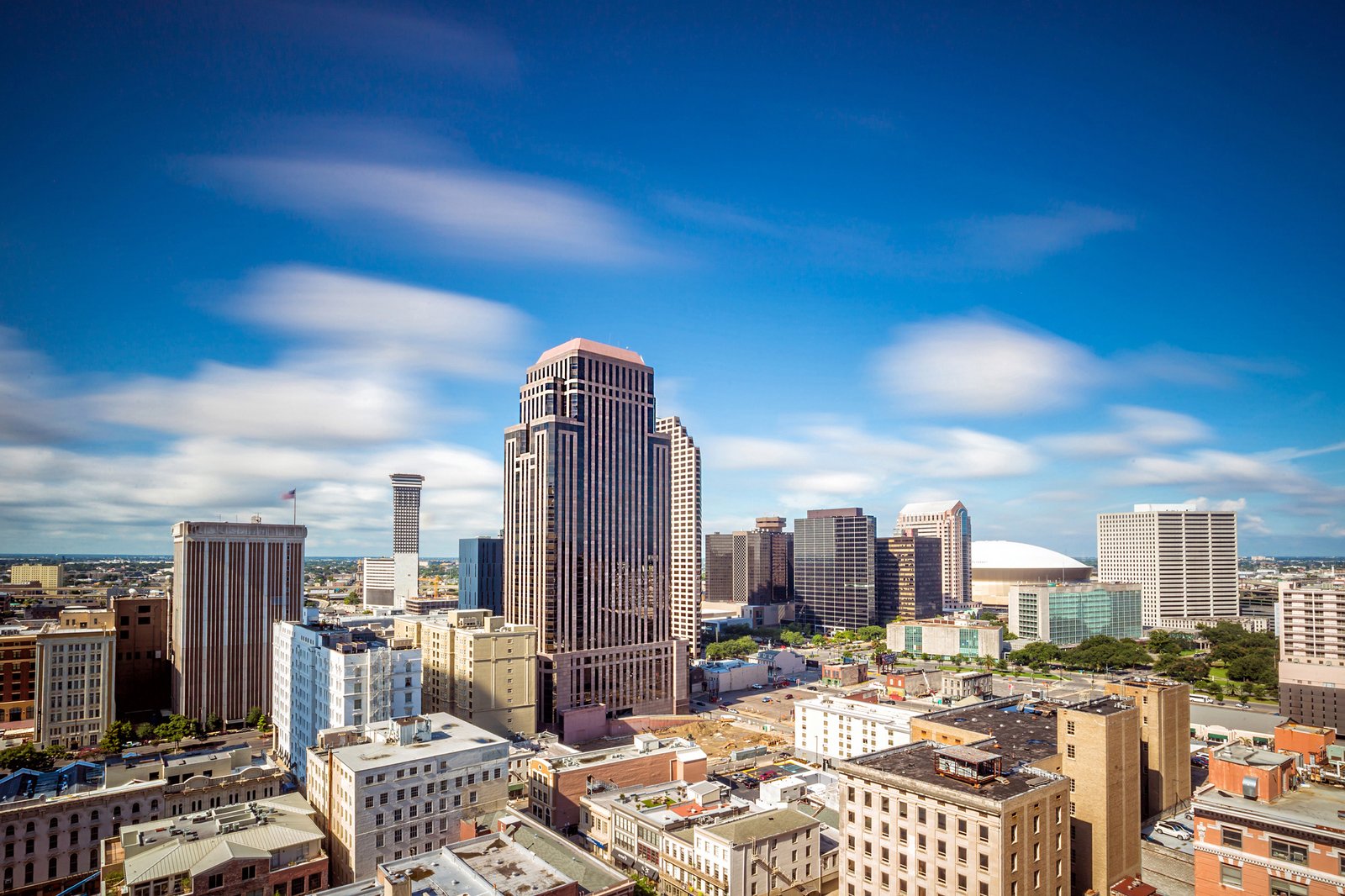
In Louisiana, where 12.0% of homeowners, totaling 252,969 properties, are uninsured, the stakes are incredibly high. The state’s geographic position makes it prone to hurricanes and flooding, events that can lead to catastrophic losses. Despite the evident risks, the high cost of insurance in this region often pushes homeowners to forego coverage, a decision that can have devastating financial consequences when disaster strikes.
Alabama
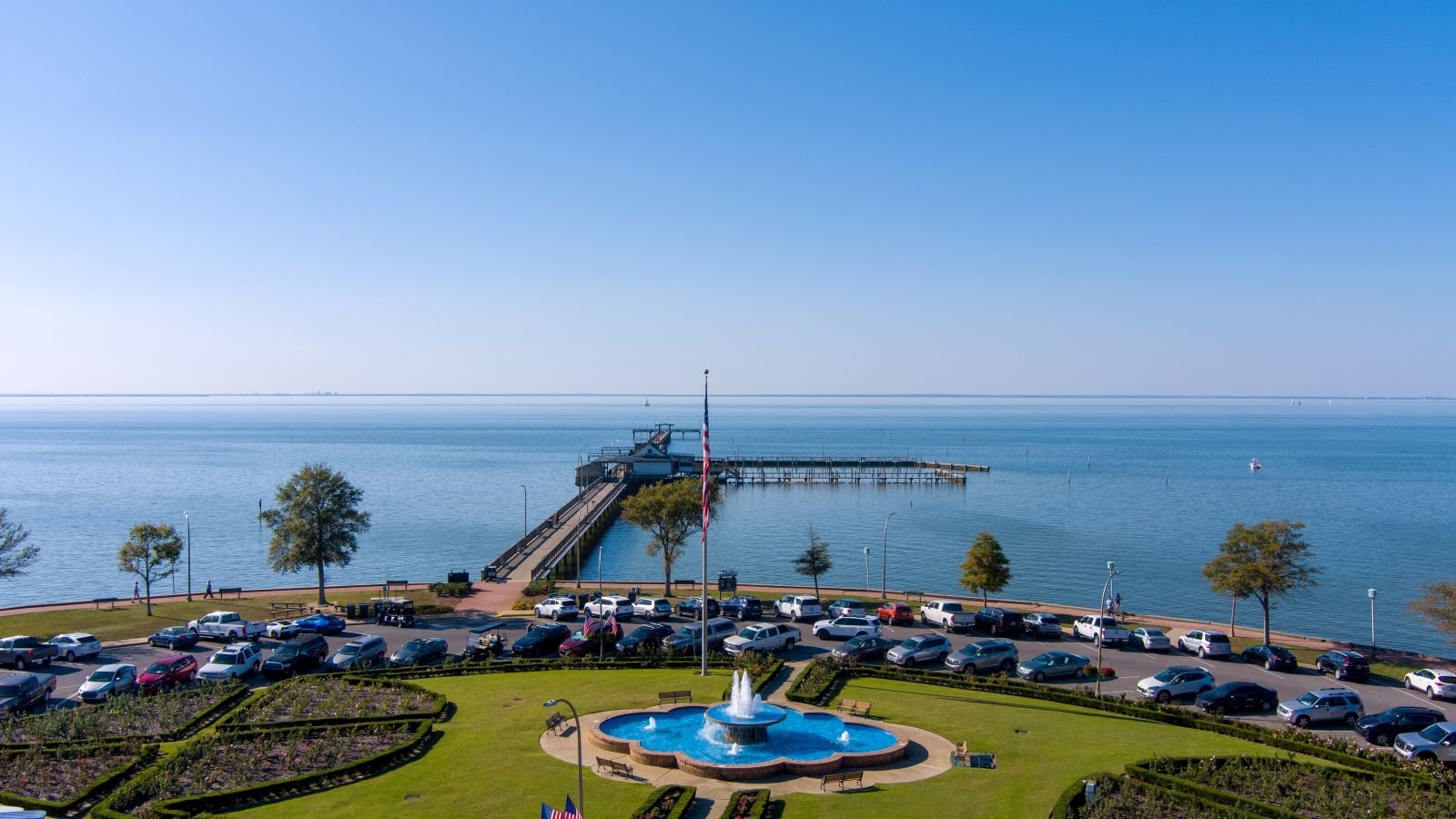
Alabama’s 10.6% uninsured rate translates to 248,005 properties at risk. The state frequently encounters severe weather conditions, such as tornadoes and hurricanes, which can cause substantial damage. The economic impact of these events is often magnified for those without insurance, leading to significant personal and financial hardships. Increasing awareness and accessibility of insurance could help mitigate these risks.
Alaska

Alaska’s unique geographical and climatic challenges contribute to the 10.2% uninsured rate among homeowners. The state’s vast and remote areas can make access to insurance services challenging and often more expensive. The logistics and cost of obtaining insurance in such a remote area can be prohibitive, but the costs of not having it can be even more so, as seen during the earthquake in Anchorage in 2018.
Kentucky
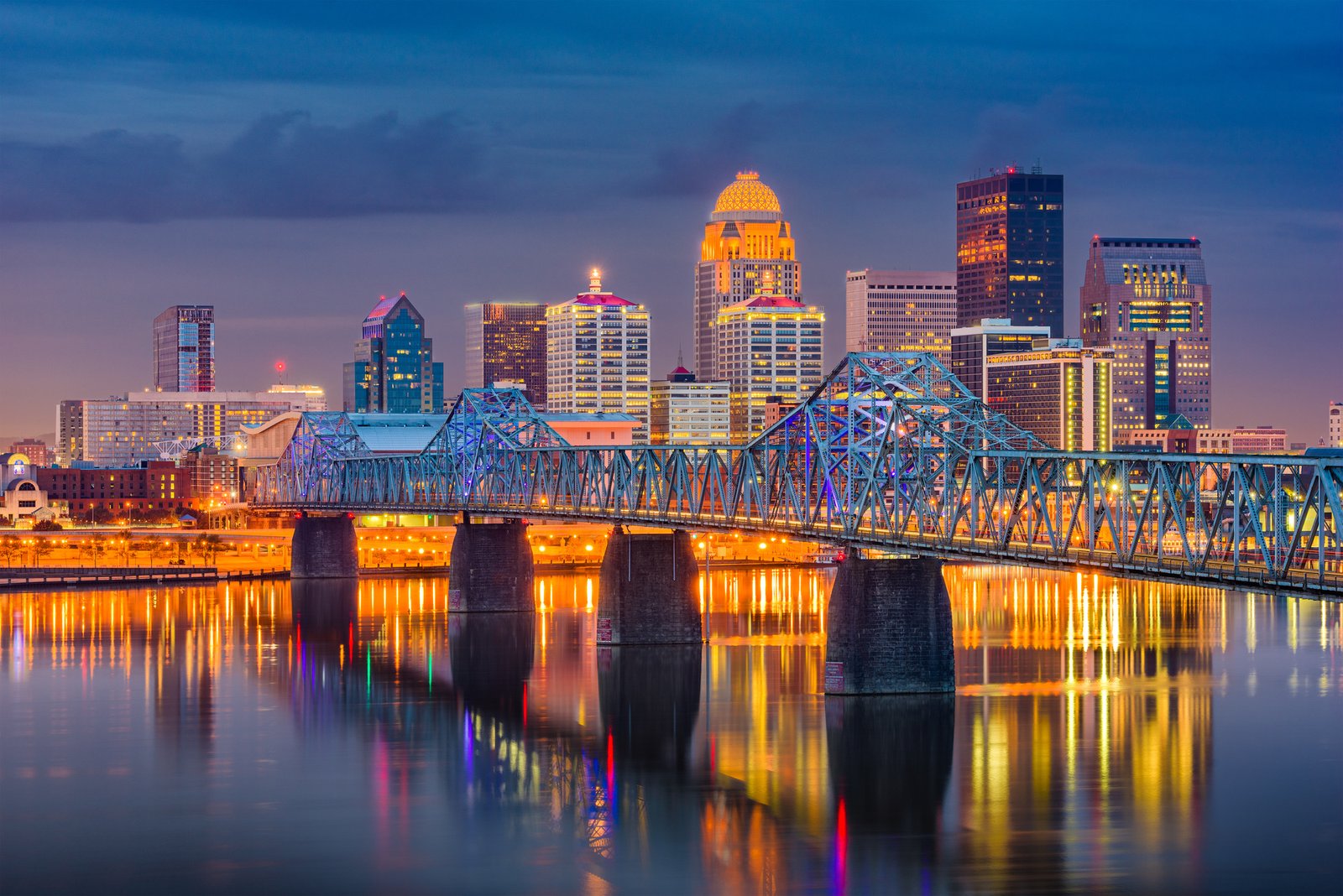
In Kentucky, the 10.0% uninsured rate, representing 203,236 properties, reflects the significant risk posed by the state’s susceptibility to both tornadoes and floods. The lack of coverage can lead to financial ruin in the wake of such disasters. Efforts to increase insurance penetration in the state could focus on highlighting the potential financial benefits of coverage versus the costs of recovery without it.
Oklahoma

Oklahoma’s position in “Tornado Alley” makes its 10.0% uninsured rate particularly perilous. This statistic translates to 177,260 properties at heightened risk. The state experiences some of the highest frequencies of tornadoes in the U.S., and the lack of insurance coverage can lead to catastrophic losses, underscoring the need for more robust insurance solutions and community awareness programs.
Wyoming
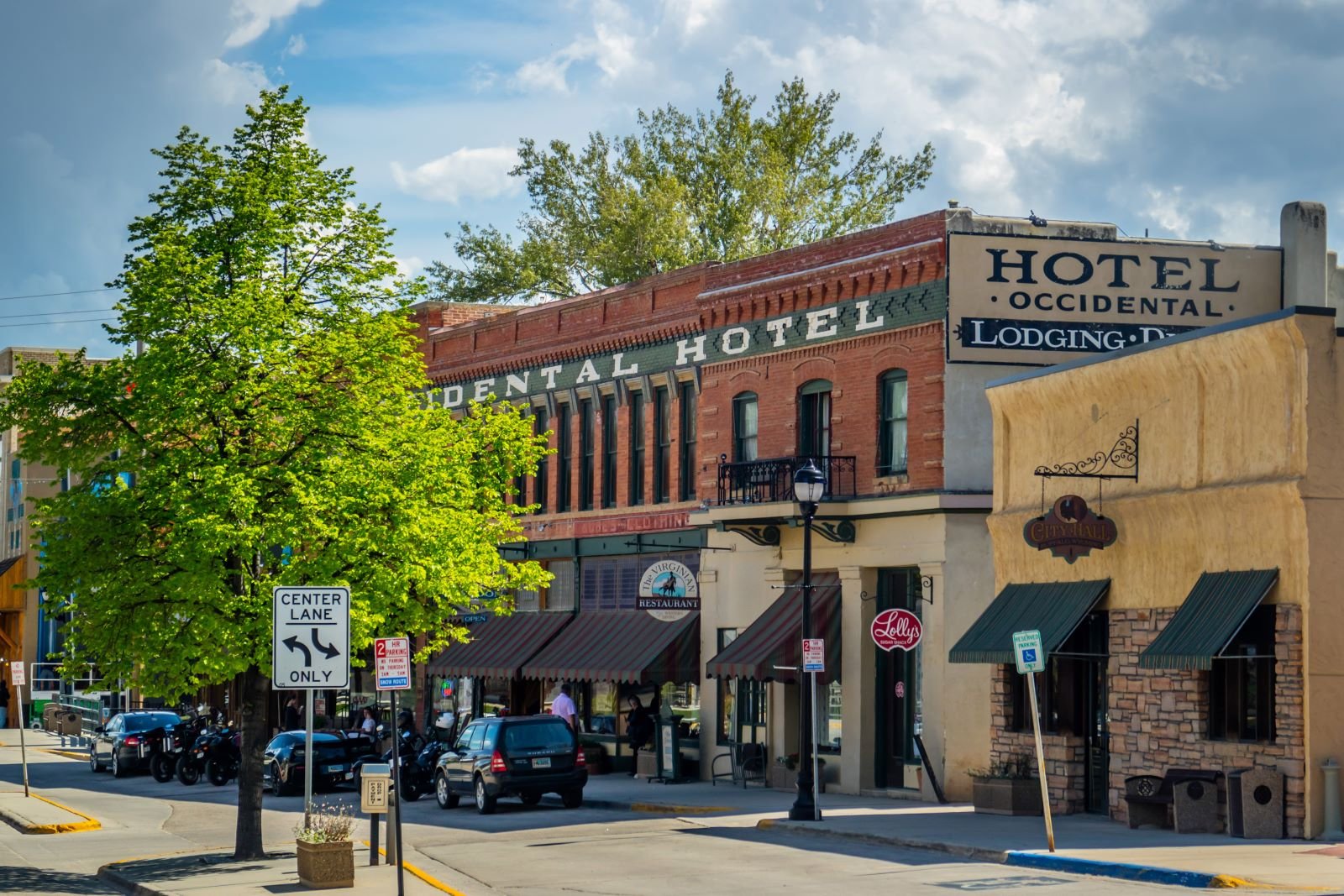
Despite the lower risk of natural disasters, 10.0% of Wyoming’s homes, or 27,638 properties, are uninsured. This decision often stems from a misunderstanding of the risks involved, including those from wildfires and severe winter weather, which can still cause significant damage. There is a critical need for enhanced education on the benefits of home insurance, even in seemingly low-risk areas.
Florida
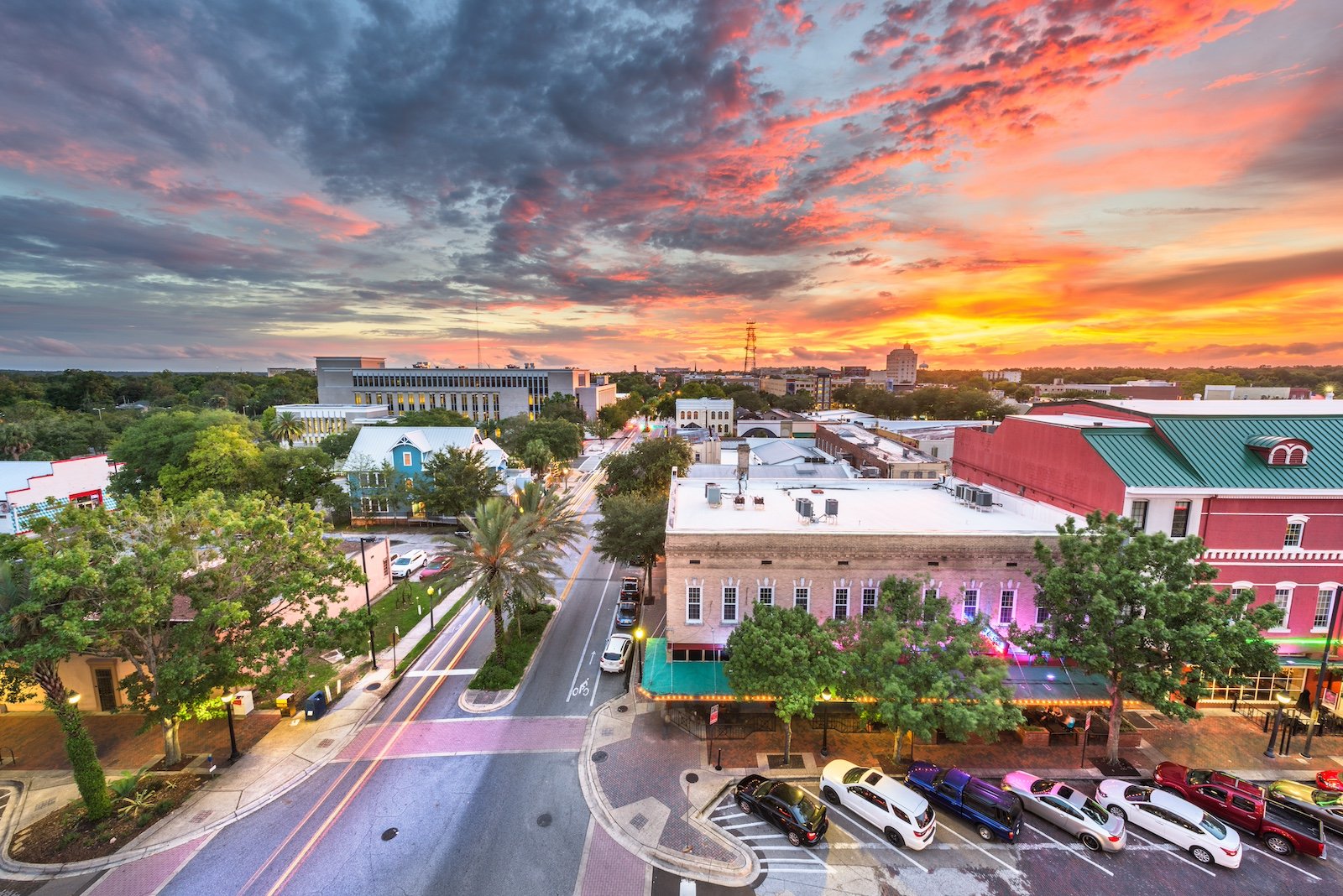
Florida’s high-uninsured rate of 9.9%, representing over a million properties, is particularly risky given the state’s frequent hurricanes. The high cost of insurance here is a major deterrent, yet the financial implications of not having insurance in such a disaster-prone area can be far more severe. State and local governments, along with insurance companies, need to find ways to make insurance more accessible and affordable.
South Carolina
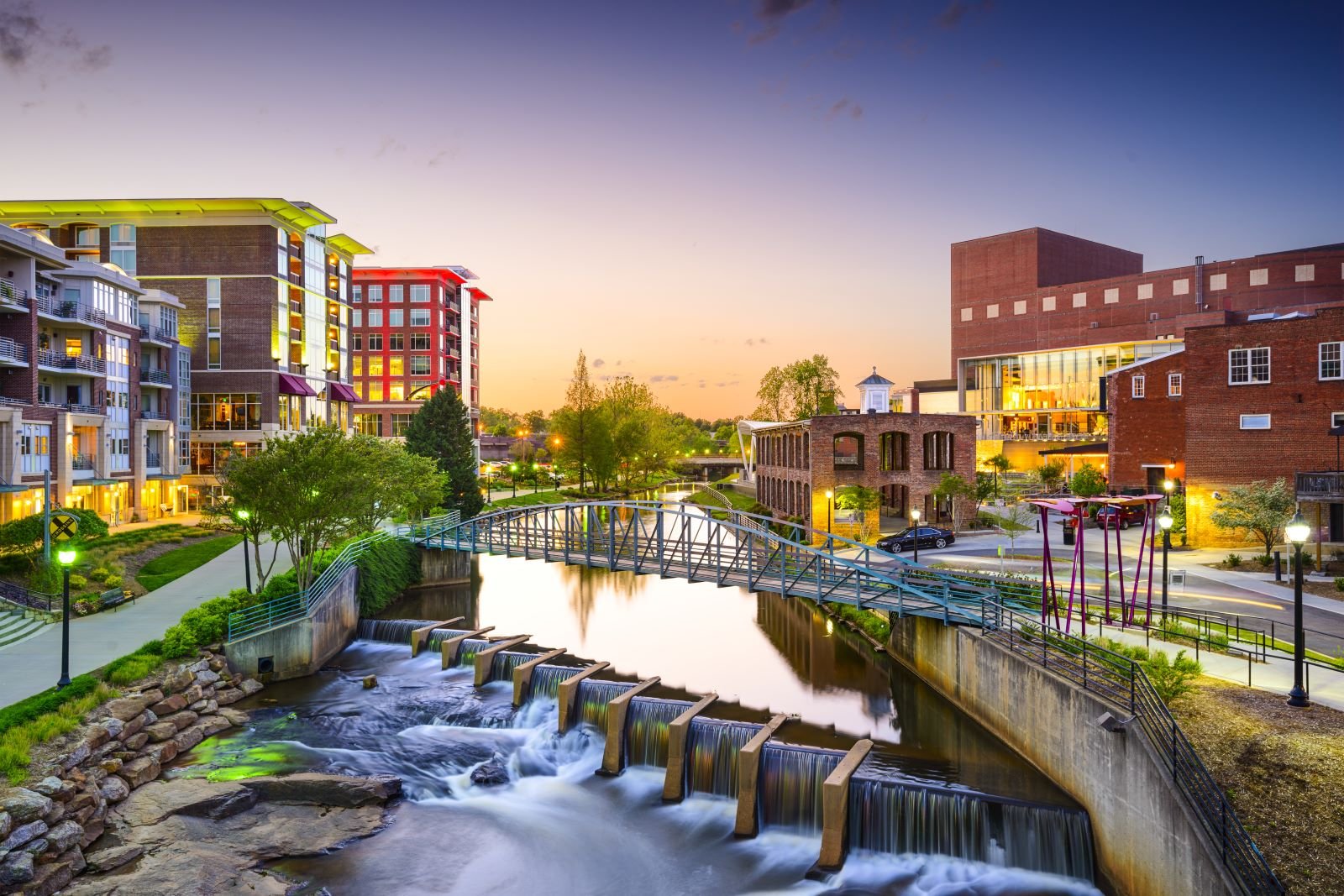
South Carolina, with 9.8% of homes uninsured, faces significant risks from its coastal location. Like Florida, the threat of hurricanes is ever-present, and the lack of insurance exacerbates the potential for severe financial strain following disasters. This oversight can result in dire financial consequences when hurricanes like Matthew in 2016 cause extensive damage. Efforts to encourage more comprehensive insurance coverage are crucial in these vulnerable areas.
North Dakota
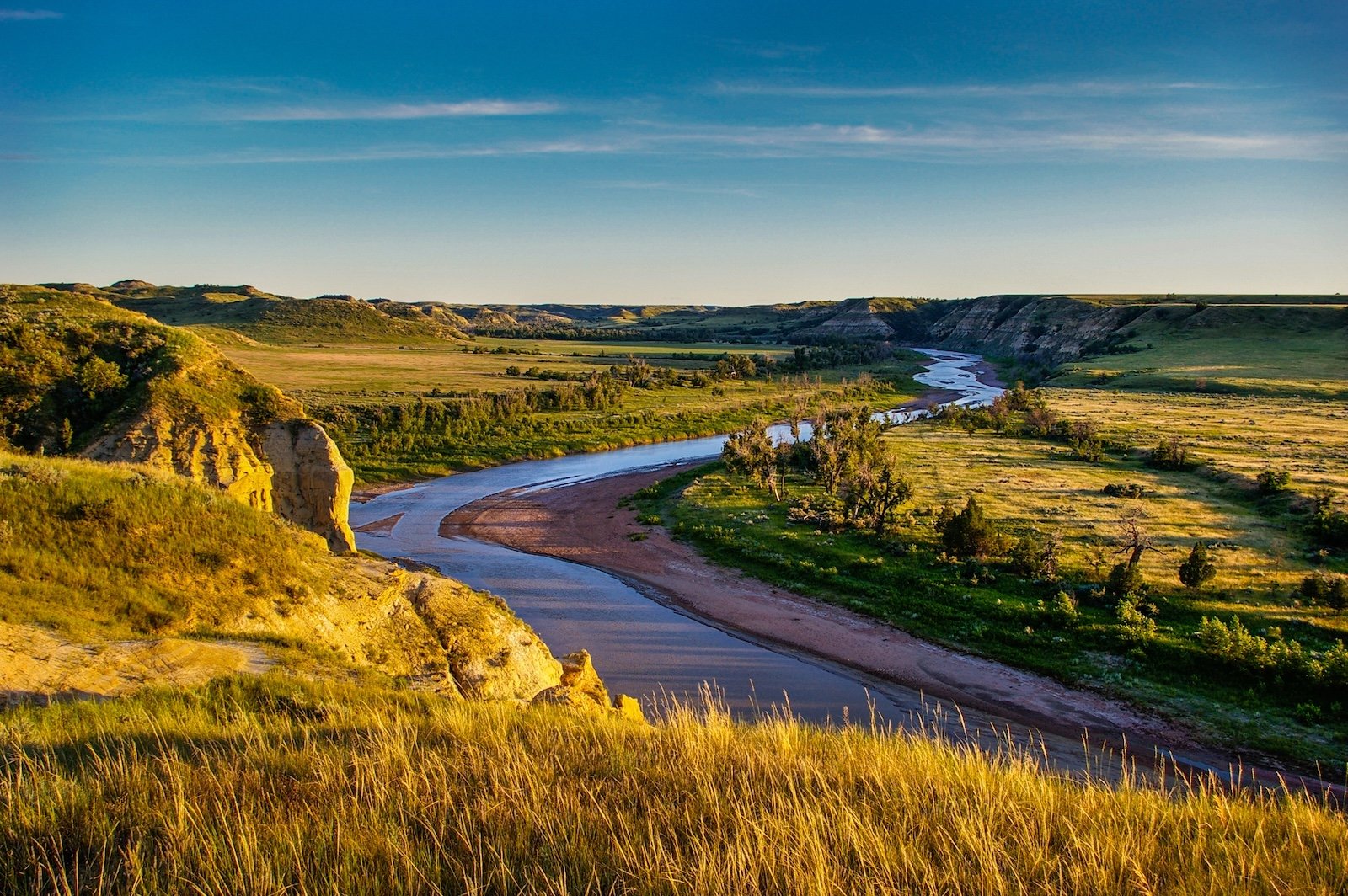
North Dakota may not face frequent severe weather, but 9.7% of homes, or 36,517 properties, are still uninsured. This exposes homeowners to financial vulnerability in case of unexpected damages, such as from fires or occasional floods. Increasing the penetration of insurance in the state could provide a safety net for such unpredictable events.
South Dakota
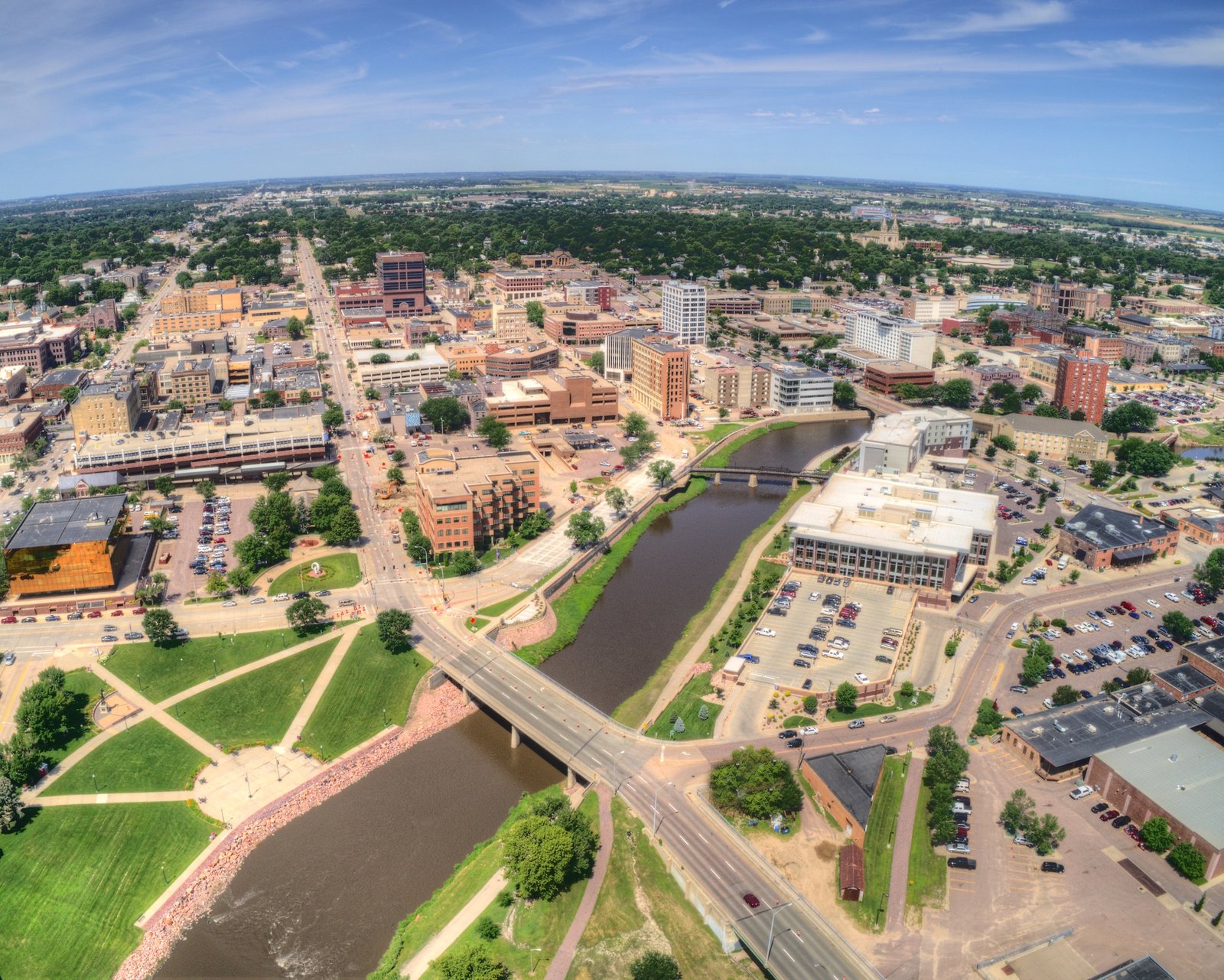
In South Dakota, the 9.6% uninsured rate involves 39,144 properties. While the state does not frequently encounter headline-making natural disasters, the financial repercussions of unexpected damages can be substantial. The need for insurance as a precautionary measure is essential for maintaining long-term financial security.
Texas
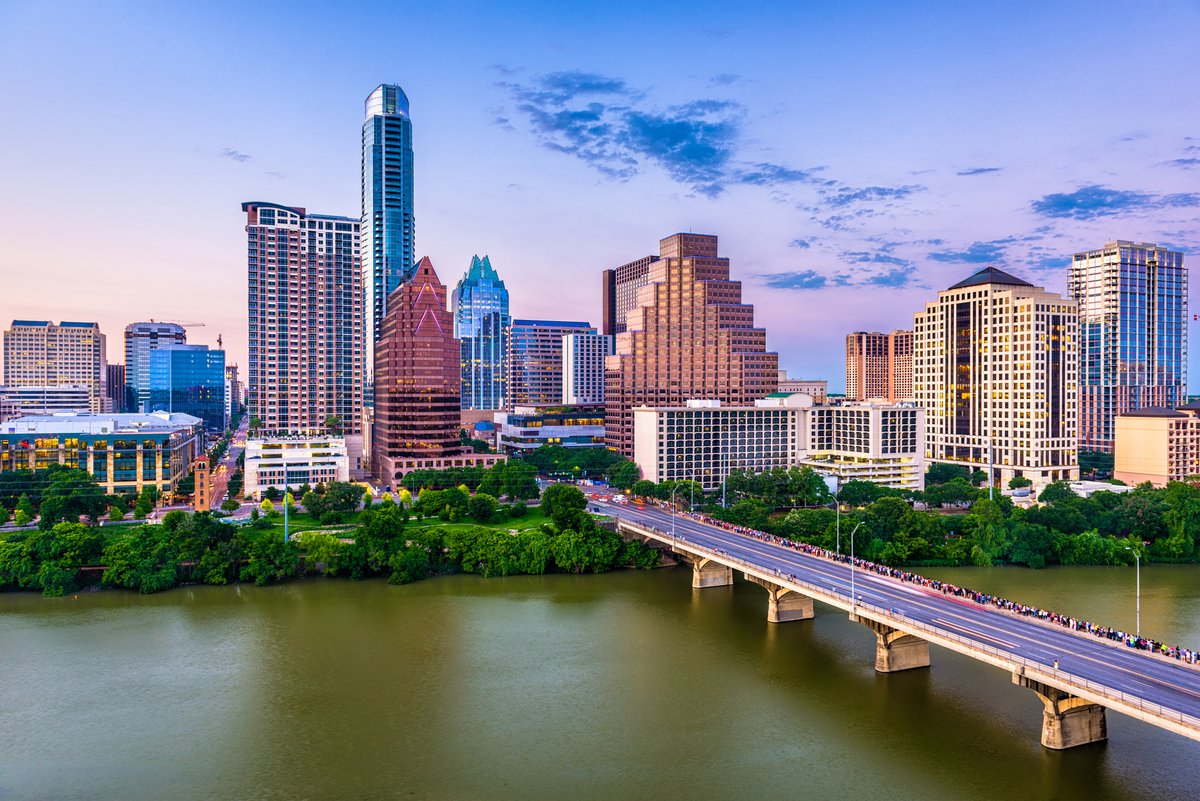
Texas faces a multitude of risks, including floods, hurricanes, and tornadoes, yet maintains a 9.5% uninsured rate. This represents a significant portion of the population, totaling 1,150,501 properties, taking a considerable risk with their financial future, especially in disaster-prone areas. In 2017, following Hurricane Harvey, it was noted that the lack of insurance led to severe financial difficulties for many affected residents, escalating the disaster’s impact on the state economy and resources.
Arkansas
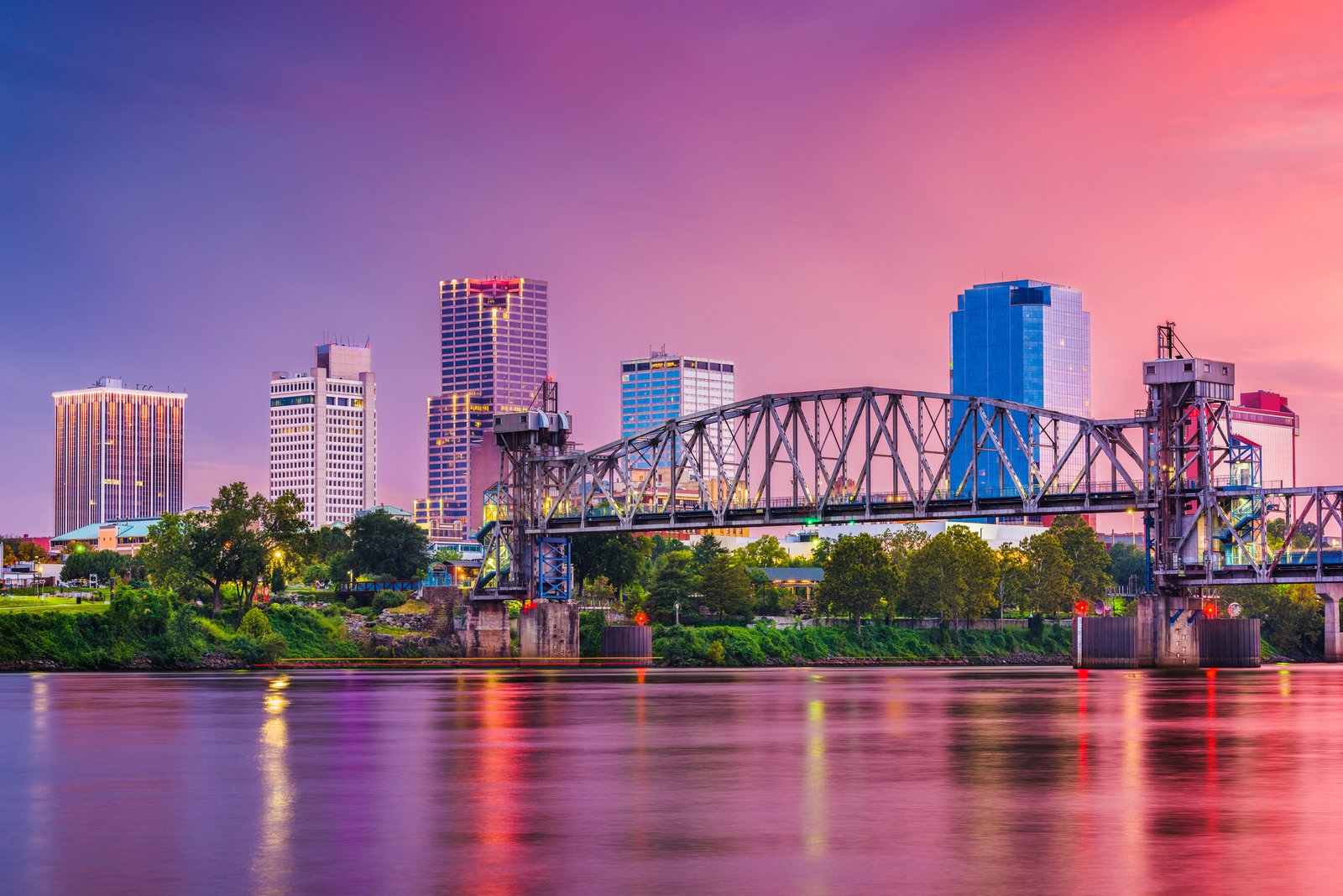
Lastly, Arkansas, with 9.4% of homes uninsured, totaling 131,122 properties, also faces frequent natural challenges such as tornadoes and floods. Homeowners might skip insurance due to high premiums or a misunderstanding of the risks involved. It is crucial for residents to reassess their needs for homeowners insurance, considering the potential financial impact of losing a home to unforeseen events. Engaging with local insurance agents to understand coverage options could be a beneficial step for many in the state.


